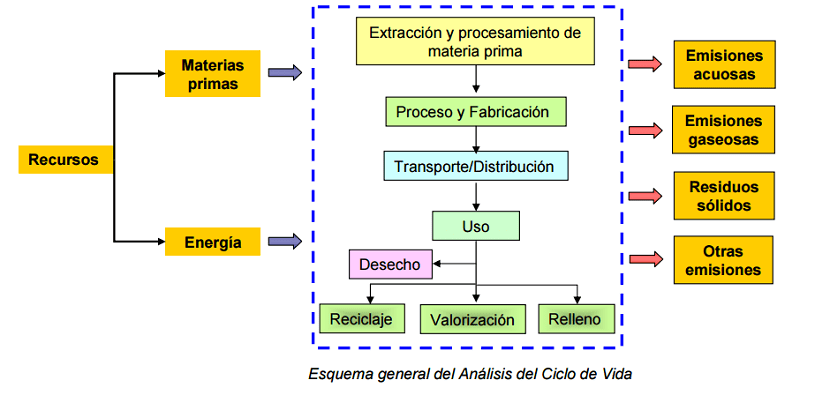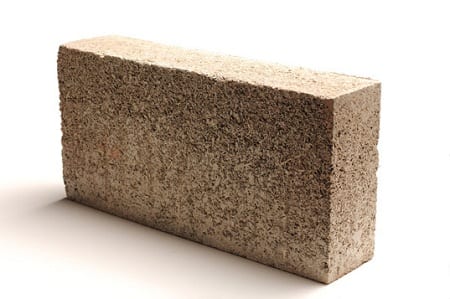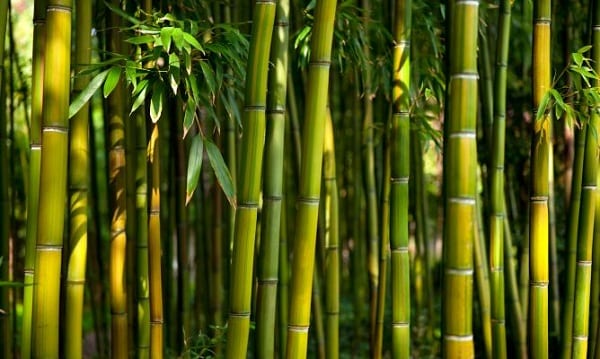
Contributing to protect the environment and natural resources is in everyone's hands. Every grain of sand counts when it comes to saving resources, avoiding pollution, not wasting water, etc. For this we use ecological materials.
When we have to make reforms at home or build something, do we have to pay attention to the type of product we use? The undoubted answer is: Yes, we have to pay close attention because the impact we make on the environment with our reforms depends on it. We are going to see which construction materials are more ecological and the advantages they offer us.
Before we can compare and tell you which are the most ecological materials, we have to analyze the life cycle of the products that we are going to use in our construction.
What is the life cycle of a product?
For all the products we use today there is a life cycle analysis. That is, analyze the product used since it is a raw material and is extracted from nature until it is consumed and transformed into residue. Through the passage from raw material and waste, its pollution, materials to be able to transform it, emissions into the atmosphere, etc. are analyzed. It could be said that the life cycle analysis (LCA) of a product analyzes it "from the cradle to the grave".
This LCA is a tool that encompasses all the processes and activities that the product goes through. Among them we find that ACV:
- Assess environmental loads associated with a product, process or activity and its associated industrial systems (extraction and processing of raw materials, transportation, use ...)
- Identify and quantify the use of matter, energy and emissions to the environment.
- Determine environmental impact potential use of resources and their emissions.
- Lets put into practice environmental improvement strategies.

With all this, it is possible to know which product generates less impact on the environment and which product requires fewer raw materials to save on natural resources.
Once we analyze each product, we can identify which are the most environmentally friendly for construction.
Ecological materials for construction
The first thing we come across are recycled materials. What else to say that they are materials that come from a previous by-product that has already fulfilled its function and that instead of being discarded as waste, it is reincorporated in the product chain.
- Recycled carton. Cardboard is a widely used material throughout the world. Both for packaging, and for packaging, etc. Tons and tons of cardboard are consumed in the world and these come from wood, that is, we cut down trees for the production of paper and cardboard. That is why recycled cardboard contributes to reducing the felling of trees, which is why at a global level it helps us in reducing pollution since the more trees, the more CO2 absorption.

- Hempcrete. This is a material made up of hemp, lime, and water. It allows us the circulation of air and humidity.

- Recycled glass. Again we turn to recycled materials. As I said before, recycled objects help reincorporate waste into product cycles and do not use up more raw materials.
- Bamboo. Bamboo is a plant that does not need fertilizers for its production, so we do not pollute during its growth. In addition, it is a plant that is renewed naturally every seven years, so we do not have to use more land to plant and treat the soil too much so that it is not overexploited.

- The Adobe It is a mass of mud composed of clay, sand and water. It can be shaped into a brick. It dries very easily by leaving it in the sun and works very well as an acoustic insulator. It also offers some energetic advantages in the home since it regulates the temperature and allows that in winter it is not very cold and in summer it is not very hot. This makes us save on heating and air conditioning, helping us a little with our electricity bills.
- Straw it also serves as a thermal insulator just like adobe.
With these materials we can contribute to the correct use of natural resources and reduce the impacts we cause on the environment.
